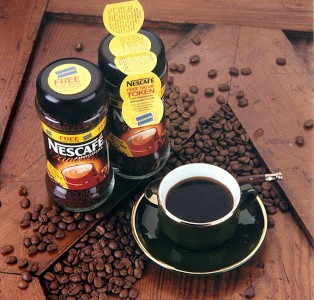Increasingly, more information is required to be displayed on products than ever before. This can either be from legislative directives in, for example, the food or pharmaceutical industries, or from the pressure on manufacturers to be more environmentally conscious and to reduce outer packaging, or both – forcing this information onto the product itself, where previously a larger carton and an accompanying leaflet may have been used. It can also come from the desire to reduce stocks of labels in various languages for the same product or offer promotional incentives to the consumer such as recipes, competitions or collectable vouchers. The multi-page leaflet and booklet label has been with us for some time, pioneered by Denny Bros’ Fix-a-Form and is used widely across many industries to convey more information where the product itself is too small to carry it all.
ALS has long supplied to many of the biggest names in the labelling industry that specialise in this area and to manufacturers that use these multi-page labels. Obviously, a booklet or fold-out label is thicker than a traditional single layer label and can offer some challenges for high-speed automatic application which, if not handled correctly, can pre-dispense off their backing when guided around the roller path of a label applicator. The method of actually applying booklet labels to the product will depend on the construction of the label.
A vacuum-blow applicator can apply at high line speeds and the label copy postion is not usually problem as the labeller does not have to be positioned in line with the direction of product travel. However, bear in mind that it only holds the top layer of a multi-page booklet label, so the label construction needs to be such that all the under layers do not slip against each other and that the top layer does not peel off, if good placement accuracy and no creasing is to be achieved.
A directly applied label is less prone to this but only applies in the direction of product travel and at speeds that the labeller can handle, although it does not require air to run and is usually easier for operators to set up. Often though, either the product can be turned or the copy position of the label changed to allow direct application.
An important feature of a direct-apply labeller is to speed-match the dispensing speed with the product or web to be labelled. Automatic product speed following (APSF) is a common feature in most of the ALS applicators and works by synchronising the dispensing speed with the product/web speed by using a high-resolution rotary encoder to continuously feed back the speed to the labeller, so that it can ramp-up or down accordingly, even during the single dispense cycle of one label, to achieve consistently accurately applied labels, at high-speed.
